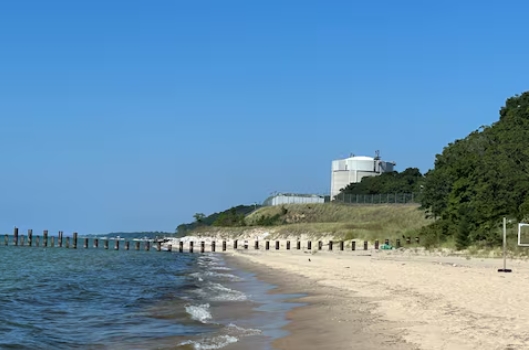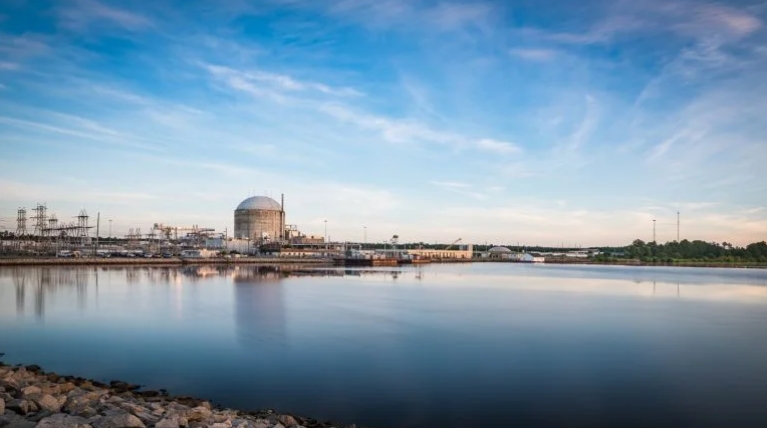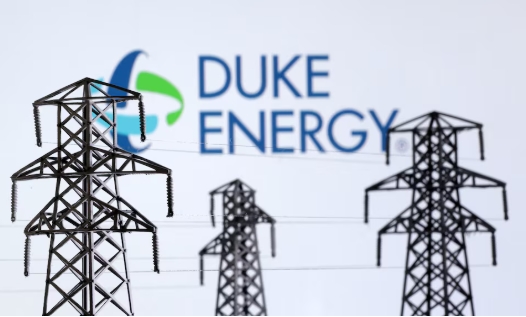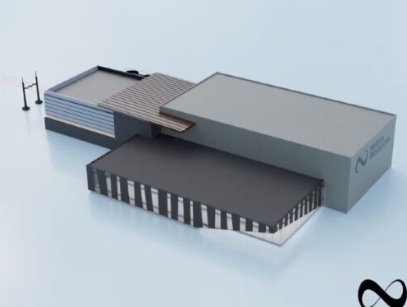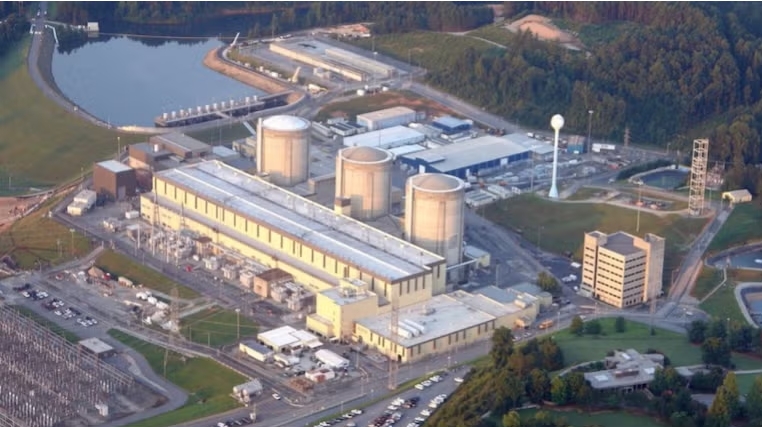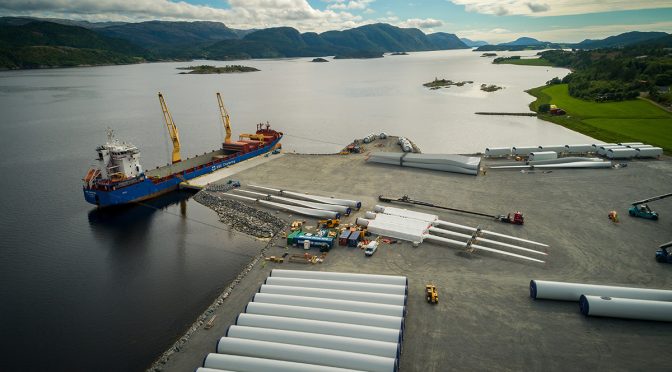
All the relevant equipment for offshore wind deployment is stored in and transported via ports. The EU must recognise the critical role of offshore wind ports in its trans-European transport network policy (TEN-T). With an ongoing revision the EU wants its TEN-T to better support the transition to a cleaner, greener and smarter mobility in line with the European Green Deal. This will only succeed if the eligibility criteria for TEN-T don’t penalise offshore wind ports.
With its trans-European transport network policy (TEN-T) the European Union aims to build an efficient, multimodal, and high-quality transport infrastructure across the EU – comprised of roads, railways, waterways, and shipping routes. And The EU wants to use the ongoing TEN-T revision to make Europe’s transport networks fit for the delivery of the European Green Deal.
Under the Green Deal the European Union is placing offshore wind at the heart of its energy transition. Achieving climate neutrality by 2050 will require a 19-fold increase in offshore wind capacity form today’s 16 GW. In the next 7 years alone the volume of offshore wind in the EU needs to rise from 16 GW to 115 GW.
This comes with specific transport needs, infrastructure, and connectivity, which requires huge investment in port infrastructure – not least in more space. WindEurope estimates that until 2030 alone Europe will need to invest €8.5bn in its port infrastructure. This will require support at the European level to help countries and maritime regions coordinate and generate the necessary investments.
WindEurope and the European Sea Ports Organisation (ESPO) urge the European Union and Member States to recognise the vital role ports play in achieving carbon reduction through wind energy. In particular, they should ensure that the TEN-T revision includes metrics that are in line with Europe’s decarbonisation objectives. As things stand, ports choosing to transition from the hydrocarbons business to renewables are penalised as this leads to a reduction of tonnage handled.
ESPO’s Secretary General Isabelle Ryckbost says: “The role some ports in Europe are playing in the development, the supply and value chain of the offshore wind energy is immense but cannot be measured in terms of tonnes – the current sole criterium to be a TEN-T port. The same counts for other new energies. ESPO believes it is time for the TEN-T policy to understand and reflect that the energy transition has a major impact on supply chains, connectivities, transport modes and port infrastructure. It is more than time to adapt the TEN-T policy to these new reality and include ports that play an important role in the energy value chain. Without these ports, the supply of renewable energy will be hampered.”
Transport volumes should not be the only deciding factor. Ports have long moved away from counting tonnage on its own. The European Council have got it right: ports can also be part of the comprehensive network if “its total annual cargo volume (bulk and non-bulk) exceeds 500,000 tonnes AND its contribution to the diversification of EU energy supplies and to the acceleration of the roll-out of renewable energies is one of the main activities of the port”. The European Parliament should take the same stance at the TRANS Committee vote this week and at the following Plenary vote.
WindEurope CEO Giles Dickson says: “Ports are essential logistics hubs for offshore wind. We can’t build out offshore wind without also expanding and upgrading Europe’s port infrastructure. TEN-T mut acknowledge that. Many tonnes of material are moved in and out of the ports during the storage, assembly and installation of wind turbines. But that’s not the end of the story. Ports also ensure reliable and secure energy production at sea. But these essential operation and maintenance activities are not covered under the current criteria for ports to access the TEN-T network. MEPs must address this issue. TEN-T should include metrics that are in line with Europe’s decarbonisation objectives.”
Stable legislation and dedicated funding will allow ports to strategically plan the expansion or adaptation of their facilities in the most efficient way possible. But policy on port development is often set at the regional level where it competes with other industry activities. Policy makers should recognise the major societal benefits of investing in offshore-ready ports – and should make financial instruments available accordingly.
The importance of ports goes beyond offshore wind: they also support onshore wind development by storing and mobilising large components that will be transported over land (import ports) or to other areas for future installation (export ports). In fact, wind turbine manufacturers are increasingly looking to European portside facilities to manufacture nacelles, blades, and towers.
